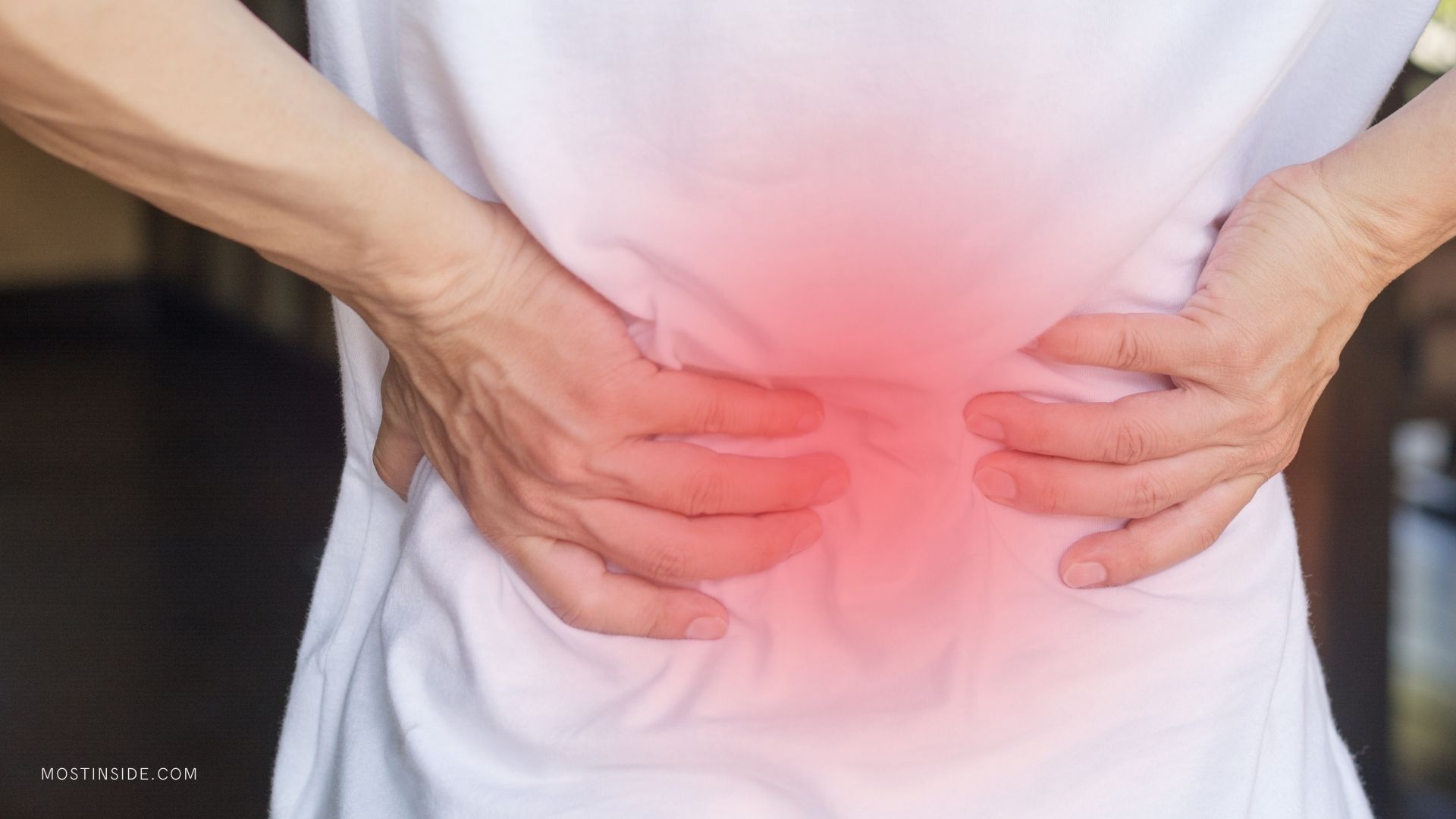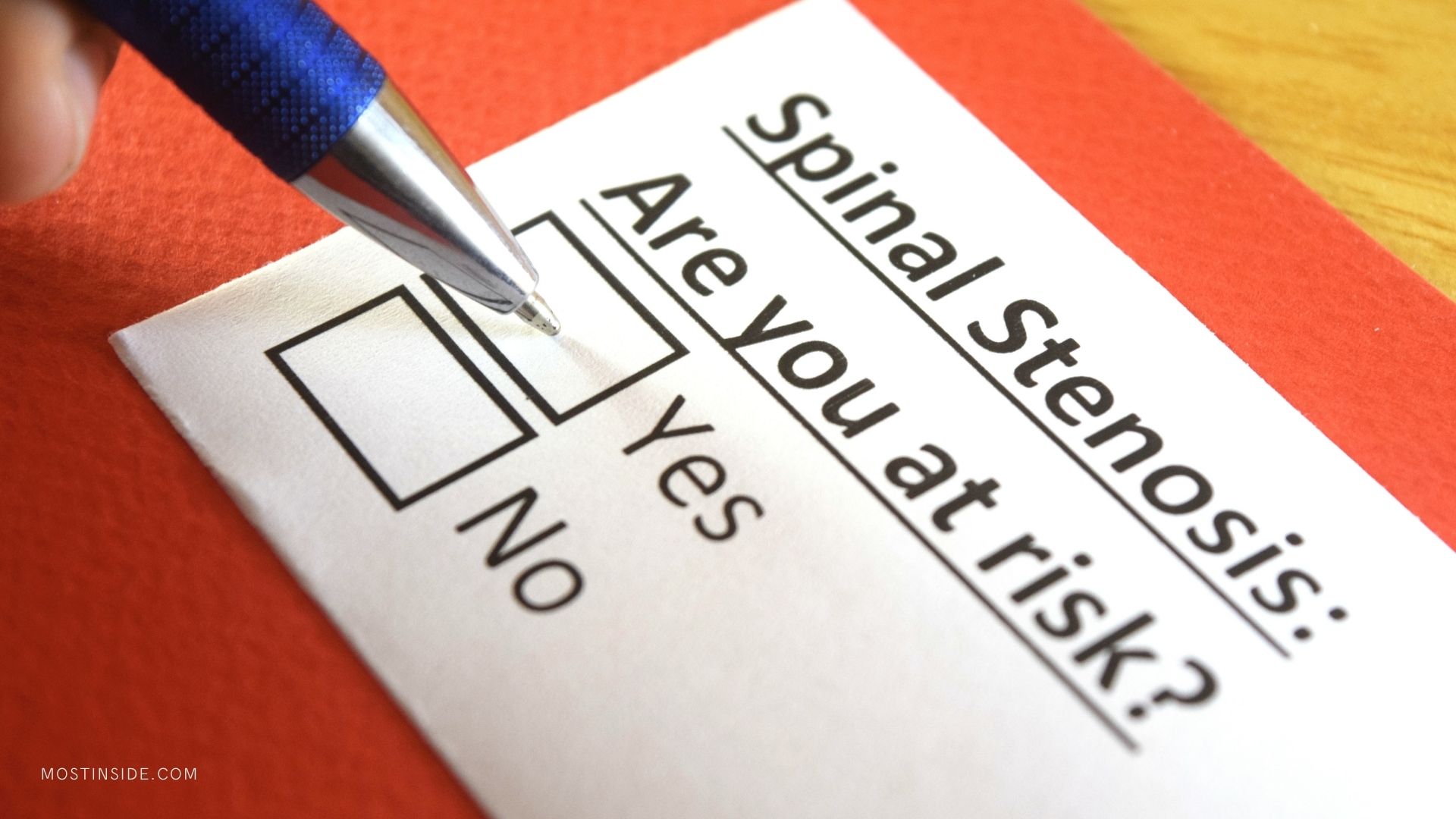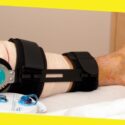Spinal Stenosis 101: Causes, Symptoms, And Treatment
Over the course of your life, your body is supposed to function well enough so you can stand, walk, run, sleep, or perform your daily functions with ease. But, as you age, it’s also expected that some of your bodily functions start to degenerate. These are made even worse by genetic factors, lifestyle, and other environmental factors.
Spinal Stenosis is one of the most common back conditions, manifested by pain in the lower back for older adults. Stenosis is a Greek word, meaning ‘narrowing’. So, when you suffer from Spinal Stenosis, this means your spinal canal is starting to get narrow. When the nerves or the cord compresses, this starts to become inflamed and painful.
Here’s everything you need to know about Spinal Stenosis.

Contents
ToggleDiagnosis And Treatment
One of the first things a doctor will do to accurately provide a diagnosis is to submit the patient to a thorough physical examination. Once these are completed, your doctor will also most likely order more tests, so as to get to the root of your condition.
These tests include imaging tests like x-rays, CT scans, and MRI scans.
While at present there’s no cure yet for spinal stenosis, it’s through proper treatment that the symptoms may be relieved. The treatment would depend on how severe the patient’s Spinal Stenosis is.
Some of these common treatment forms are:
- Over-the-counter pain medication, to help relieve pain;
- Cortisone injections, injected directly on the area of the spinal stenosis, but shouldn’t be any more frequent than thrice a year;
- Massages and physical therapy, to help loosen up your muscles and provide overall relaxation.
Most patients with Spinal Stenosis typically respond well to all these other treatment forms, taking away the need for surgery. So, it doesn’t automatically follow that having Spinal Stenosis means automatically submitting yourself to a surgical procedure. This is only called for if you experience the following:
- All the other nonsurgical treatments you’ve dutifully complied that failed to provide you with relief for your spinal stenosis;
- Loss of bowel and bladder control is starting to kick in;
- Pain is getting progressively worse.
These surgical options include:
- Discectomy. Using a small cut, the surgeon removes a part of the disk that’s causing the problem. This is the best surgical option for those who suffer from a part of their disk compressing the spinal nerves.
- Laminectomy. This procedure is also known as decompression laminectomy. Here, the surgeon makes an incision to access your spine. Then, anything that’s pushing through your nerves are trimmed and removed.

Causes
There are many reasons why Spinal Stenosis may develop. Most often, however, this is a result of any injury to the spine or a degenerative disease. The most common of these diseases is Osteoarthritis. When a patient suffers from Osteoarthritis, the cartilage that cushions the joints start to degenerate, causing it to become painful.
Other potential causes of Spinal Stenosis include:
- Congenital Spinal Stenosis, which happens during birth, but is quite uncommon;
- Injuries to the spine, like herniated discs.
Symptoms
Common symptoms of Spinal Stenosis include:
- Back pain
- Weakness
- Pain or cramping on one or both legs, after prolonged periods of walking or standing.
Most patients start to see a doctor when they begin to experience pain in their limbs, even when they’re only sitting down.
Exercises For Spinal Stenosis
While it might seem impossible or difficult for the patient to do, exercising is actually very important to someone who has Spinal Stenosis. Movement is needed to keep the body in order and to prevent it from faster wear and tear. Your exercises, however, can’t be strenuous. Even a few simple stretches during the day helps.
If you haven’t exercised in a long time now, start slow and small first. Then, gradually increase the length and frequency of the exercises. Typically, you should exercise for at least half an hour, three times a week.
Another good way to start exercising is to do so in the pool. The water’s buoyancy makes it easier for you to move, so you can give your body that range of motion.
But, because Spinal Stenosis is a serious and painful condition, you shouldn’t do anything to make it any worse. Don’t self-medicate or plan your exercises all on your own. Always consult your doctor or physical therapist first, to ensure that the exercises you’re doing are fit for your spinal condition.
Takeaway
In closing, if you do have Spinal Stenosis, then the most important thing for you to remember is never to take your condition for granted. While it doesn’t have a cure at the moment, this doesn’t also mean you have to suffer through an unhappy and poor quality of life in the long run. Being on top of your condition is the best way for you to live happily through Spinal Stenosis. And, most importantly, never self-medicate. Spinal Stenosis is a serious condition, which will always need warrant regular checks with your doctor and your therapist.
Recommended For You
How to Find A Professional Pediatric Dentist
Most Inside
Most Inside offers high-quality recommendations and valuable updates to enhance all aspects of your life, providing premium guidance and enriching experiences.




